Sourwood Tree, Gorgeous Foliage and Tasty Flowers
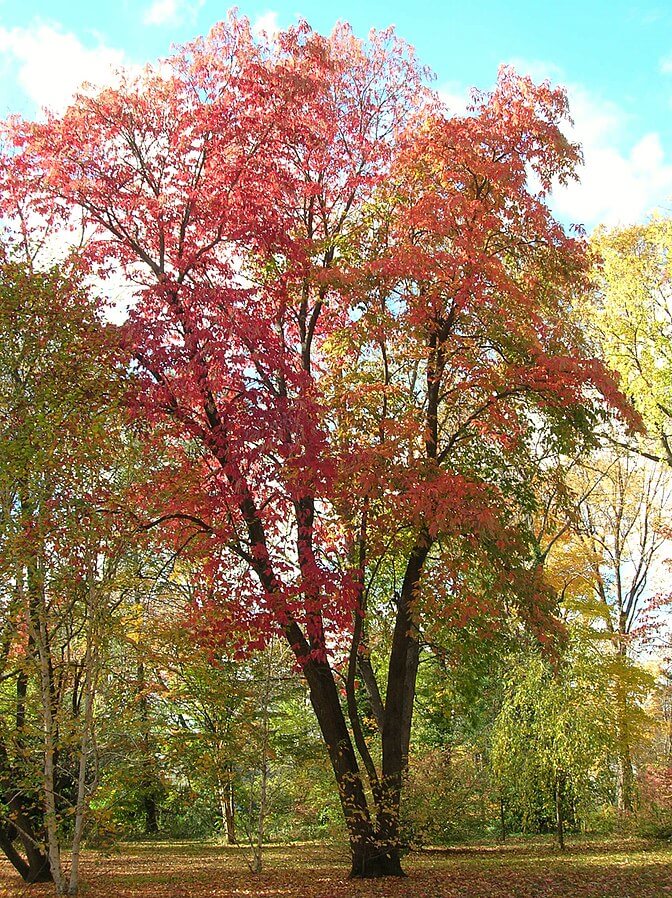
Sourwood tree (Oxydendrum arboreum) is a small deciduous tree that’s native to eastern North America. This tree is especially common in Southeastern US. You can find them growing in oak-heath forests, near riverbanks, and along roadsides. This tree can easily be identified by their lush dark green foliage which turns a striking fiery red in […]
Dandelion, a Surprisingly Beneficial Wild Edible

Who doesn’t know dandelions (Taraxacum officinale)? This lovely flower grows almost all around the world. You’ve likely blown fluffy dandelion balls at least once to make a wish during your childhood. Children love to blow on dandelion’s feathery light seeds into the wind, hoping that they would soar to the sky and make their wishes […]
White Clover, a Sweet and Nutritious Edible Weed

Editor’s note: This article was originally published in May 2019. Updated April 2022. White clover (Trifolium repens) is a low-growing perennial plant that’s native to Europe and Central Asia. It’s one you’re likely very familiar with, as it has been naturalized all over the world as a common lawn plant. Its most distinguishable features […]
Red Clover, a Powerful Herb with Great Healing Powers
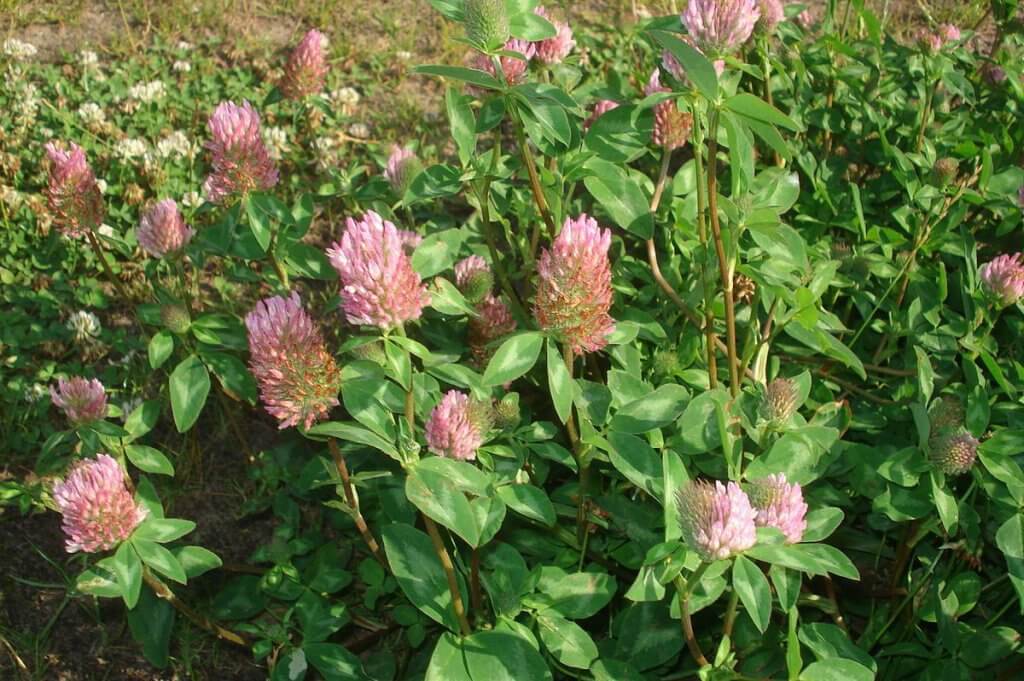
Red clover (Trifolium pratense) is a wild edible that has distinctly beautiful red round flowers. It’s a herbaceous perennial plant that’s native to Europe, western Asia, and northwestern Africa. But, due to its beauty as well as culinary and medicinal uses, this plant has been naturalized in almost every region of the world. As mentioned […]
Kudzu, an Invasive Weed with Hidden Virtues
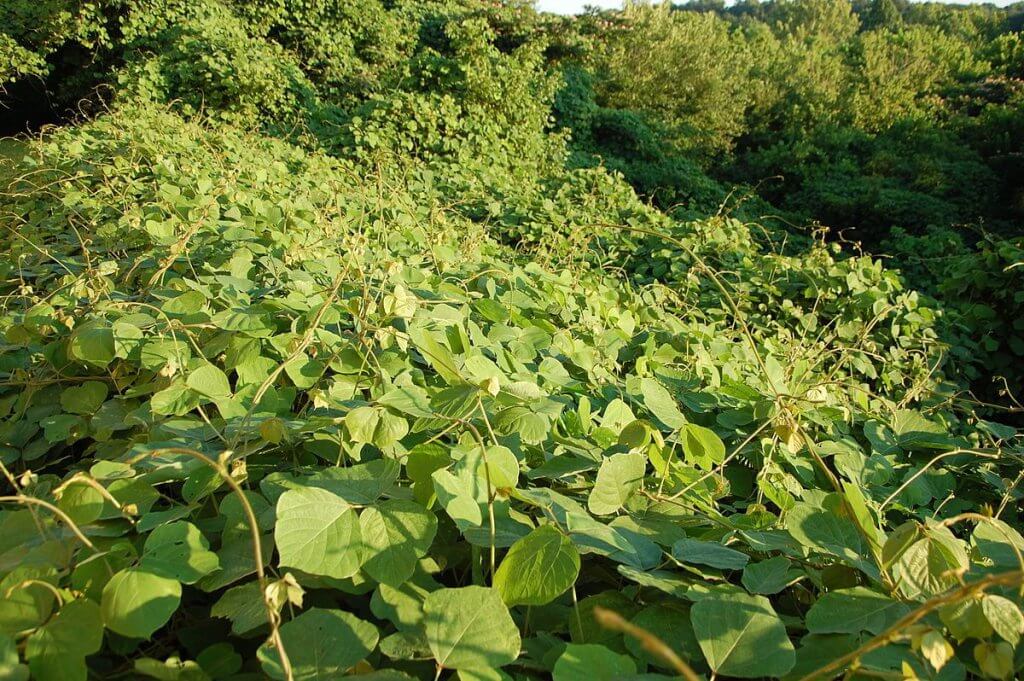
Kudzu (Pueraria Montana), also known as Japanese arrowroot, is a perennial blossoming vine that is native to large areas of Southeast Asia. This plant was originally brought over to the US from Japan in the 1800s to be cultivated as livestock feed. Farmers were encouraged to plant fields of Kudzu before its invasive nature was […]
Hops, an Essential Beer Ingredient with Health Benefits

Beer enthusiasts must be familiar with this plant. Hops (Humulus lupulus) is commonly used in the beer-brewing industry. The name “hops” itself can refer to the plant as well as the female flowers from that plant. These flowers are essential for flavoring, preserving, and stabilizing beer. Hops plant is a perennial twining vine that belongs […]
Yarrow, a Delicious and Nutritious Panacea
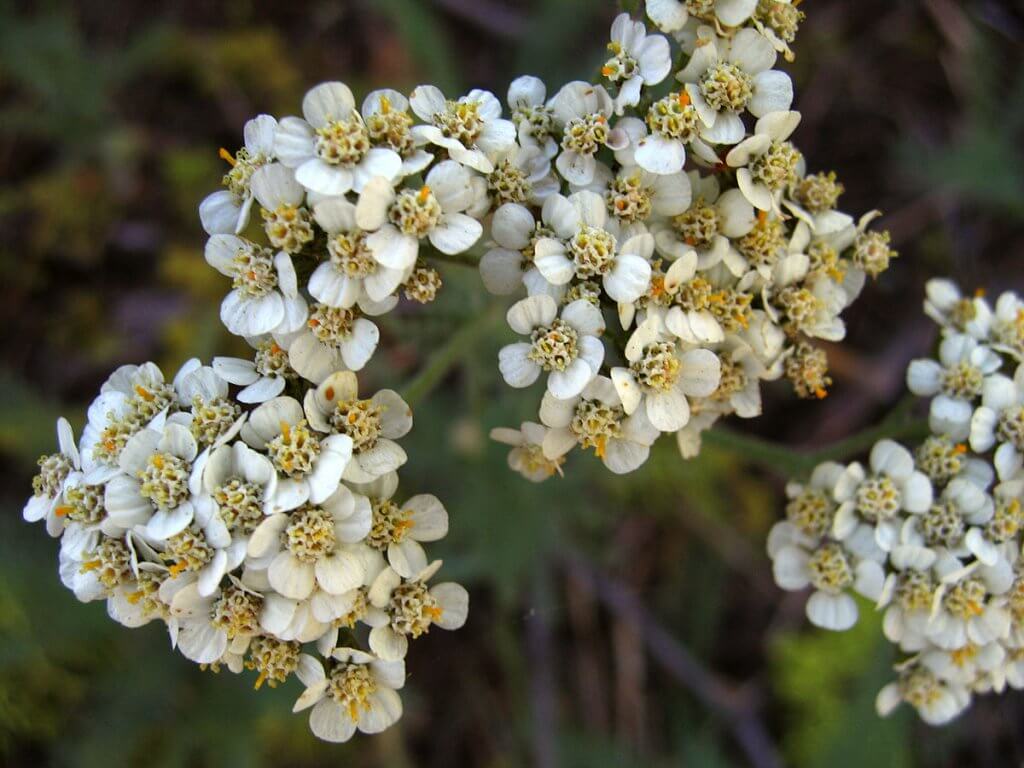
Known for its lovely flat blooms and classic beauty, yarrow (Achillea millefollium) is a common garden perennial. Aside from that, it’s also popular for its amazing medicinal qualities. Some herbalists have even dubbed yarrow as a herbal panacea. This plant is commonly found in the temperate climate of the Northern hemisphere. It’s native to Asia, […]
St. John’s Wort, a Vibrant Edible Great for Depression

St. John’s wort (Hypericum perforatum) is a flowering perennial plant that’s native to Europe. This plant can be distinguished by its yellow, star-shaped flowers which were said to first appear on St. John the Baptist’s birthday. For centuries, this plant has been used as a herbal remedy, mainly for skin problems, depression, and other mental […]
Motherwort, Calming and Relieving the Anxious Mind
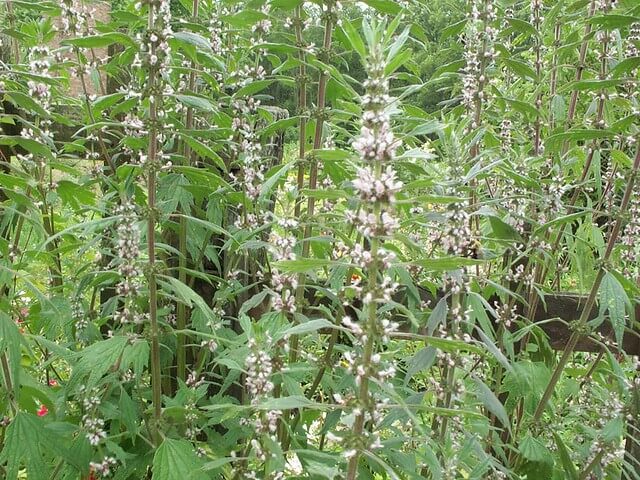
Motherwort (Leonurus cardiaca) is an herbaceous perennial plant that belongs to the mint family. This herb is native to Eurasia, but it can be found cultivated all around the world as an herbal remedy. Motherwort is most commonly used to treat heart diseases and women’s disorders. In the wild, they can be found easily in […]
Marsh Mallow, the Sweet Edible that Inspired the Candy
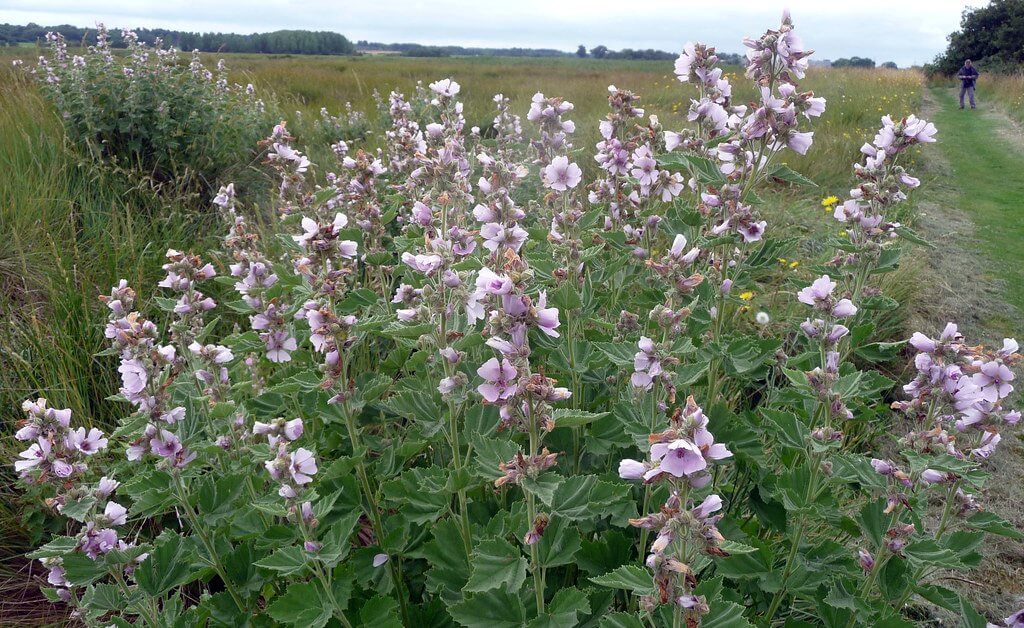
When you hear the word “marshmallow”, you will definitely think of a puffy, white candy. And while you wouldn’t be wrong, did you know that there’s a marsh-mallow plant (Althea officinalis)? This plant inspired the texture of the modern sweet treat. Ancient Egyptians used to make the dessert by mixing honey and nuts with the […]
Elderberry, Tasty and Packed with Nutrients

Elderberry (Sambucus canadensis), also known as American black elderberry or common elderberry, is a shrub that can easily be found throughout North America. It’s known for its delicious, dark purple berries and lacy white flowers. Elderberries and elderflowers are famous for their culinary and medicinal uses. Edibility and culinary use Almost all parts of this […]
Echinacea, the Gorgeous and Useful Purple Coneflowers

Purple coneflowers or echinacea (Echinacea purpurea) boomed into popularity in the 1990s and early 2000s. This North American herb gained attention due to its medicinal benefits. At the height of its popularity, this herb can be found easily in pharmacies in the form of herbal supplements and as a part of various medications. Now echinacea […]
Blue Skullcap, a Small Medicinal Herb that Packs a Punch
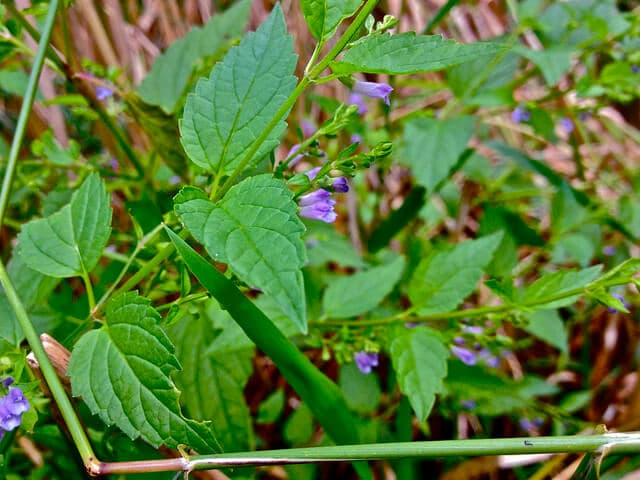
Hearing the word skullcap, people might immediately think of helmets or even skeletons. However, the blue skullcap plant (Scutellaria lateriflora) is none of those things. Blue skullcap is a hardy perennial plant that belongs to the mint family. It’s native to North America and it has been cultivated for its medicinal properties. This plant got […]
Musk Mallow, Dainty and Elegant Yet Very Nutritious
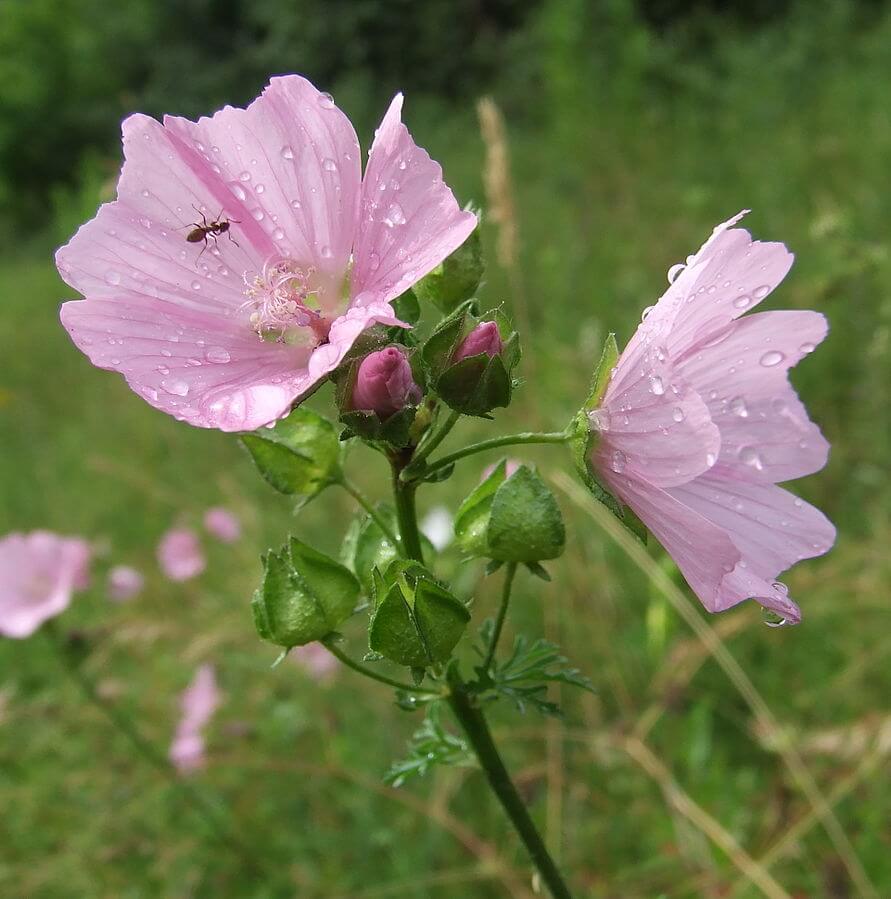
With delicate pink flowers, you might not have guessed it, but the beautiful musk mallow plant (Malva moschata) is edible. In fact, all parts of this plant are edible and good for your health. This includes its roots, leaves, flowers, and seeds. This elegant perennial plant is native to the British Isles, mainland Europe, and […]
Chervil, a Delicate and Versatile Spring Herb
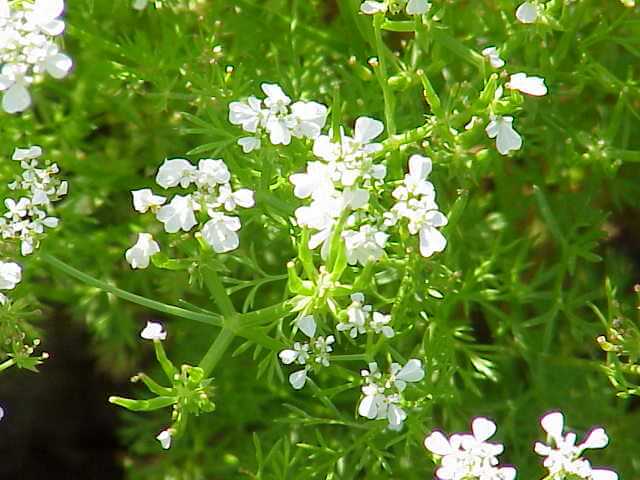
Sometimes also called French parsley, chervil (Anthriscus cerefolium) is a mild herb that plays an important role in French and Mediterranean cuisines. This annual plant is native to Europe. This herb is closely related to parsley and the two herbs look very similar. But, chervil leaves tend to be smaller, frillier, and paler in color […]
Catmint, a Useful and Irresistible Herb
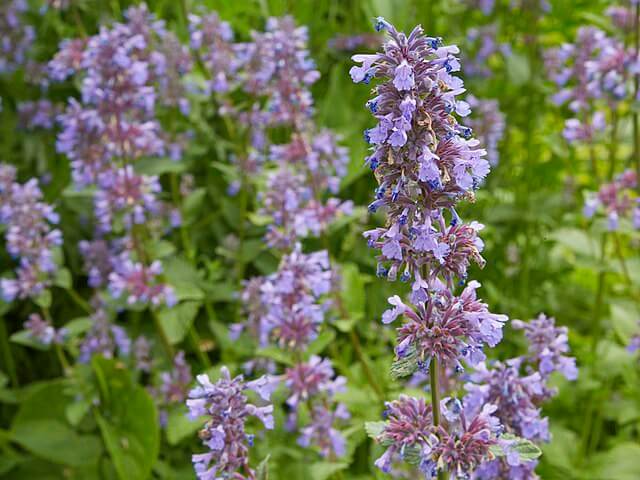
Editor’s note: This article was originally published in May 2019. Updated April 2022. As its name implies, the catmint plant can be irresistible for cats. This perennial herb is known to induce a mild euphoria in animals, especially cats. Catmint is part of the mint family and there are several species that are native […]
Bee Balm, Great for Bees and Humans Alike
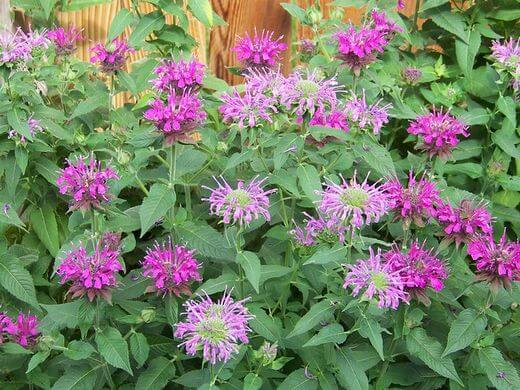
The bee balm plant (Monarda didyma) is a perennial native to North America. This plant is especially common in the Eastern US and can be found growing in woodlands area and along stream banks. They typically grow up to around 2’ to 4’ tall and clump together in a cluster. Most people recognize this plant […]
Anise Hyssop, a Fragrant and Nutritious Herb
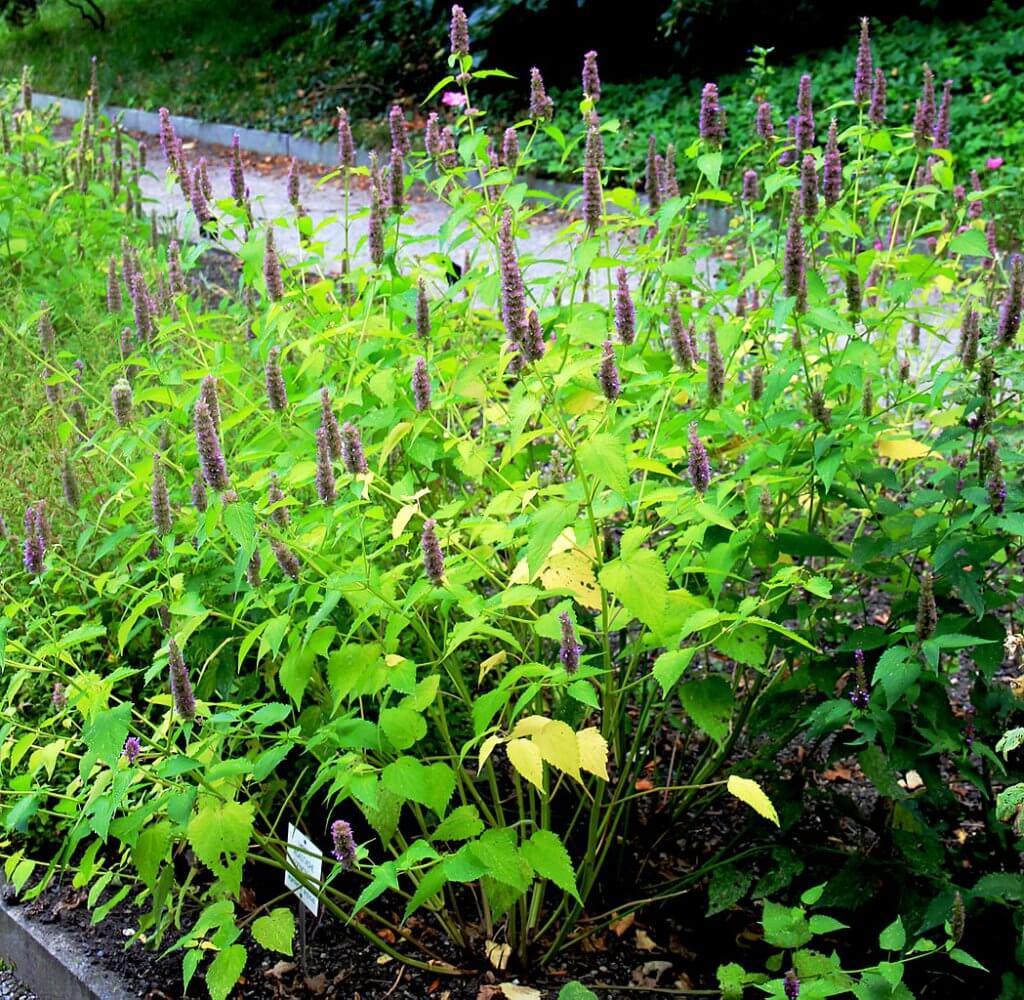
Commonly known as anise hyssop or simply Agastache (Agastache foeniculum), this perennial herb is part of the mint family. It’s a native from northern America and north-central America. This plant has striking lavender-like flowers which start blooming in the early summer. These flowers are what made them a popular favorite for both bees and gardeners. […]
Perilla, a Delicious and Nutritious Asian Edible
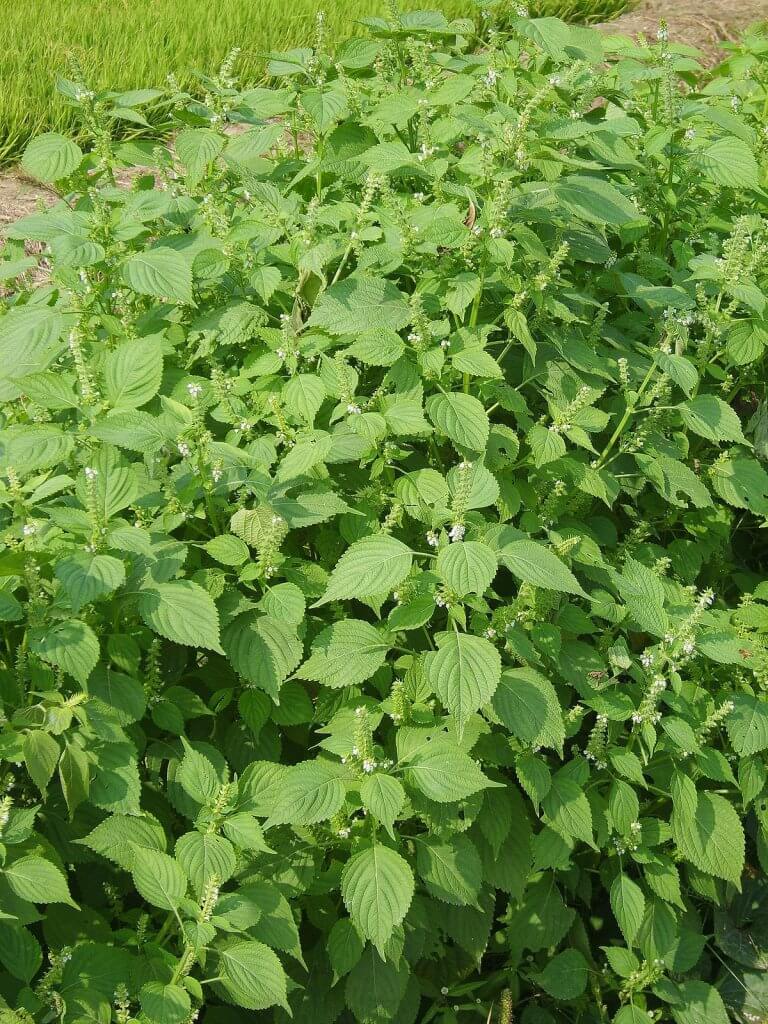
Commonly seen as an invasive weed in the Western world, perilla (Perilla frutescens) is actually a prized herb hailing from Asia. It’s native to mountainous areas in Southeast Asia and India and is widely cultivated in East Asia as a popular crop. As a hardy and self-sowing plant, it can be found in just about […]
Borage, the Lovely and Tasty Starflower
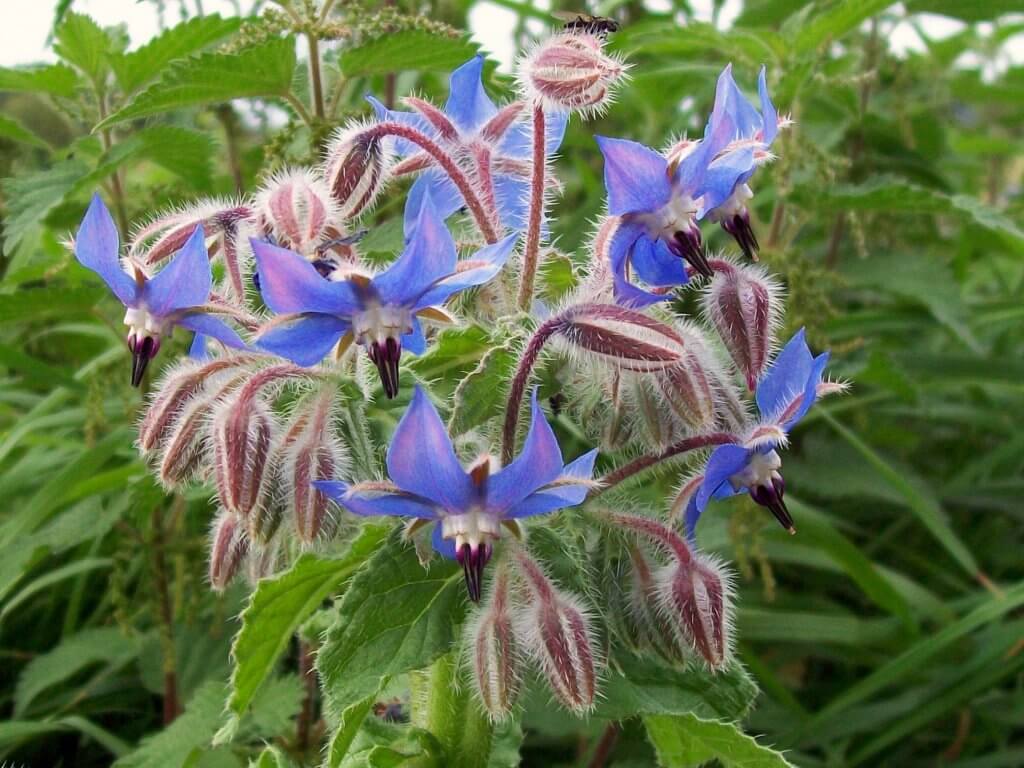
The Borage herb (Borago officinalis) is a Mediterranean native that is also commonly found in different parts of Europe and in the UK. Borage can typically grow to be 2’ to 3’. Many people can recognize this herb from its beautiful star-shaped flowers. They are typically blue, but white and pink variants also exist. As […]
